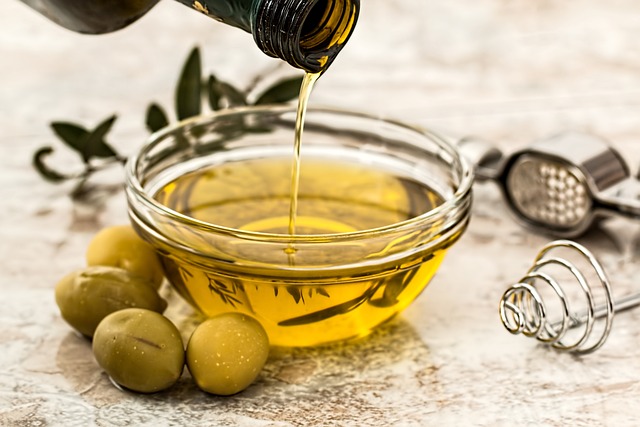Choosing the right olive oil doesn’t have to be overwhelming! This guide will help you understand how to pick the perfect olive oil for your needs. Whether you’re drizzling over salads, sautéing vegetables, or baking, this comprehensive breakdown will simplify your selection process.
Table of Contents
- What Are the Types of Olive Oil?
- Understanding Olive Oil Labels
- How to Evaluate Olive Oil’s Flavor
- Choosing Olive Oil for Your Needs
- The Importance of Packaging
- Storage Tips for Olive Oil
- Health Benefits of High-Quality Olive Oil
What Are the Types of Olive Oil?
How to pick the right olive oil, is central to this section because understanding the types of olive oil is critical to making the best choice. Here are the main types:
- Extra Virgin Olive Oil (EVOO): The gold standard of olive oil. It’s unrefined, cold-pressed, and has an intense flavor. Use it for drizzling, dipping, or raw preparations like salads.
- Virgin Olive Oil: A step below EVOO, but still natural and chemical-free. Great for cooking at medium temperatures.
- Refined Olive Oil (Light or Pure): Chemically processed for a neutral flavor, making it perfect for high-heat cooking.
- Pomace Olive Oil: Extracted from the residue of olive pressing. Best for industrial or bulk cooking needs.
Understanding Olive Oil Labels
When learning how to pick the right olive oil, the label is your roadmap to quality. Keep an eye out for these important details:
- Harvest Date: Fresh olive oil delivers the best flavor and nutritional benefits. Look for harvest dates within the past year.
- Country of Origin: Single-origin oils from Italy, Spain, or California often offer superior taste compared to blends.
- Certifications: Seals like PDO (Protected Designation of Origin) or PGI (Protected Geographical Indication) guarantee authenticity and quality.
How to Evaluate Olive Oil’s Flavor
For those wondering how to pick the right olive oil, flavor testing is a crucial step:
- Aroma: Fresh oils smell grassy or peppery.
- Taste: A good oil balances fruity, bitter, and spicy notes.
- Freshness: Rancid oils taste waxy or bland and should be avoided.
Choosing Olive Oil for Your Needs
Picking the right olive oil depends on its use. Follow this guide:
- For Drizzling and Dipping: Use high-quality EVOO for its bold, fruity flavor.
- For Cooking: Virgin olive oil works well for medium heat, while refined olive oil handles high heat.
- For Baking: Light olive oil is neutral and won’t overpower the taste of baked goods.
The Importance of Packaging
When figuring out how to pick the right olive oil, don’t overlook packaging:
- Dark Bottles: Block light to preserve freshness.
- Tins: Offer excellent protection for large quantities.
- Avoid Clear Bottles: Light exposure can degrade the oil.
Storage Tips for Olive Oil
- Cool, Dark Places: Keep olive oil away from heat and sunlight.
- Tightly Sealed Containers: Prevent oxidation.
- Use Quickly: Consume within 6–12 months after opening for peak freshness.
Health Benefits of High-Quality Olive Oil
It’s worth noting that high-quality olive oil supports health:
- Heart Health: Rich in healthy fats and antioxidants.
- Anti-Inflammatory Properties: Reduces inflammation in the body.
- Boosts Skin and Hair Health: Contains vitamins E and K.



